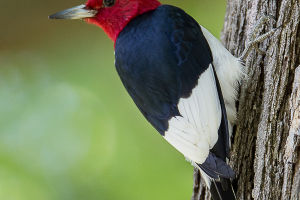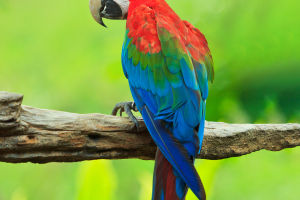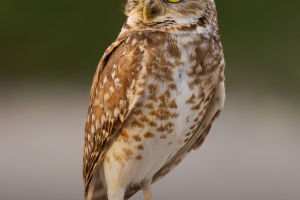Around us, numerous native wild animals live alongside us, yet we often know very little about them. Understanding, friendliness, and companionship are essential for all beings to coexist and thrive.
Today, let's take the perspective of animal observers to focus on our familiar yet mysterious "animal neighbours." Biodiversity is the foundation and vitality of our human habitat. Today, let's get to know the Great Spotted Woodpecker.
Elegantly colored plumage:
The Great Spotted Woodpecker belongs to the Picidae family.
The male has a black crown, a red nape, white patches around the eyes, cheeks, and ear coverts, a dirty-white neck, a black stripe extending from the base of the lower bill to the nape, connected to a black band extending from the neck to the chest, black back and wings with a large white patch on the shoulders, white stripes on the wings, a black tail with white outer feathers marked with black spots, dirty-white underparts with a reddish tinge from the lower belly to the under tail coverts.
The female resembles the male but lacks the red nape. The iris is dark red, the bill is dark grey-black, and the feet are blackish-brown.
Resident with a specialized beak:
The Great Spotted Woodpecker is a climbing bird, adept at clambering up vertical tree trunks and moving freely on them. Its most distinctive feature is its long, hard, chisel-like beak, which is capable of piercing tree bark to extract insects.
During this process, it produces a rhythmic tapping sound. Great Spotted Woodpeckers peck trees approximately 500-600 times daily, with a remarkably fast pecking rate resembling a power drill. They don't peck randomly; from their pecking, they can discern the presence of insects beneath the bark and then strike precisely.
Great Spotted Woodpeckers do not suffer from concussions or headaches despite the intense vibrations. They possess "safety belts" and shock absorbers. The safety belt is their tongue, which is exceptionally long, wrapping around their entire skull for protection.
It can extend up to 12 centimetres beyond the bill, equipped with barbs at the tip, and covered in sticky saliva, allowing them to accurately probe crevices and capture over 30 species of bark-dwelling insects. Additionally, their thick skulls contain spongy cavities that absorb shock, serving as a cushion.
The "Forest Doctor":
Great Spotted Woodpeckers are natural enemies of many pests, primarily feeding on beetles, wood borers, grasshoppers, and beetle larvae, among other insects and invertebrates.
They occasionally consume snails, spiders, and plant materials like acorns, pine seeds, and grass seeds. They play a crucial role in controlling forest pests, earning them the "Forest Doctor."
Great Spotted Woodpeckers often forage alone or in pairs, forming loose family groups during the breeding season. They breed from May to July, laying 3-8 smooth, oval-shaped, white eggs per clutch. Both males and females take turns incubating the eggs for 13-16 days, followed by shared parental care for 20-23 days until the young woodpeckers fledge.
They are almost ubiquitous wherever there are trees. If we quiet our minds and listen carefully, we often hear their loud tapping on tree trunks, audible even from a distance. We pause to watch them circling and tapping on tree trunks whenever we encounter them on our walks. Suddenly, with a swift movement, they fly off, likely continuing their busy work among the trees.


